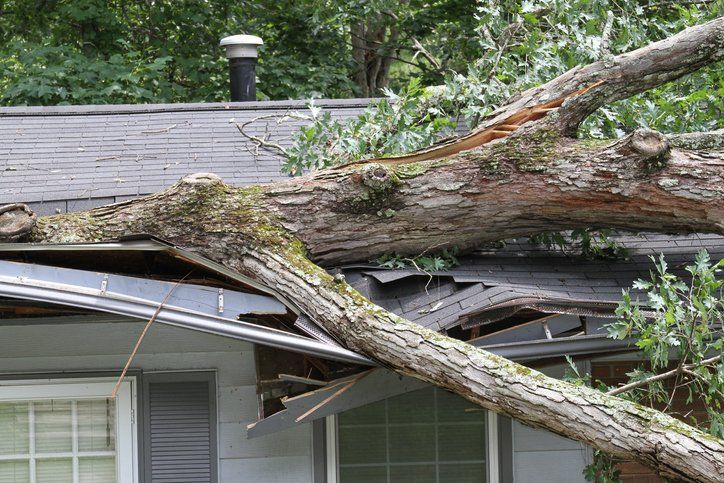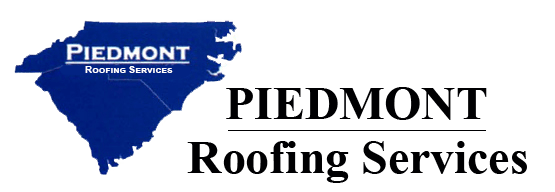Call now for a free estimate. 704-236-3884
EMERGENCY ROOFING
Emergency Roofing

Emergency Roofing
for the Greater Charlotte, NC Area
Taking Care of Storm Damage
Hail and ice can cause all kinds of damage to your roof. When you discover storm damage, make sure you know the name of an experienced roofing contractor with the tools, equipment, and time to take care of restoration.
Piedmont Roofing Services
provides 24-hour emergency roofing services to help with storm damage repairs. We provide our repair services for homes and businesses throughout South Carolina and North Carolina, including Burlington, Mooresville, Charlotte, NC, and the surrounding areas. Contact us
now to request a roof replacement or storm damage repairs!
Emergency Repairs for Storm Damage
Mother Nature is an incredibly strong opponent for your home’s roofing system. Storms, particularly severe storms like those we see in North Carolina can increase the likelihood of significant damage to your roof. Extreme weather including hailstorms, torrential rains, snowstorms, and heat can all cause damage to your roof. If the damage made by any kind of storm is significant enough, it requires quick action on your part. You will need to have your roof inspected and repaired as soon as possible.
What to Look for After a Storm
Storm damage to your roof can happen very quickly or over time. Some signs of damage are more obvious – such as missing or damaged shingles – while others aren’t so obvious, like water leaks which may only be noticeable the next time it rains. After any type of storm, homeowners should inspect their roofs. If you see any of the following, contact us for emergency roof repair as soon as possible.
You notice debris strewn on the roof
– Any debris left on your roof after a storm has the potential to cause additional damage. It is important that all debris is removed as soon as possible so that items such as tree limbs don’t break a window or hurt anyone when they fall.
There is visible damage or holes caused by hail
– The damage caused by hail is fairly obvious as it is immediate and usually severe. Hail damage can range from dented vents to punctures in the roof which will need to be looked at as soon as possible.
There is significant shingle damage
– If you notice that there are torn, damaged or missing shingles you should have the damage inspected to ensure it is nothing more than minor damage. High winds are a major problem for even the best-laid roofs. Winds that exceed 50 mph have the force to tear shingles from the roof and expose the substrate.
We’re Here When You Need Us!
The team at Piedmont Roofing Services is standing by to assist with all your storm damage repair needs. We offer ice dam roofing services, hail damage repair services, and more.
Call us
whenever you need us, and we will be there to provide courteous and professional help.
